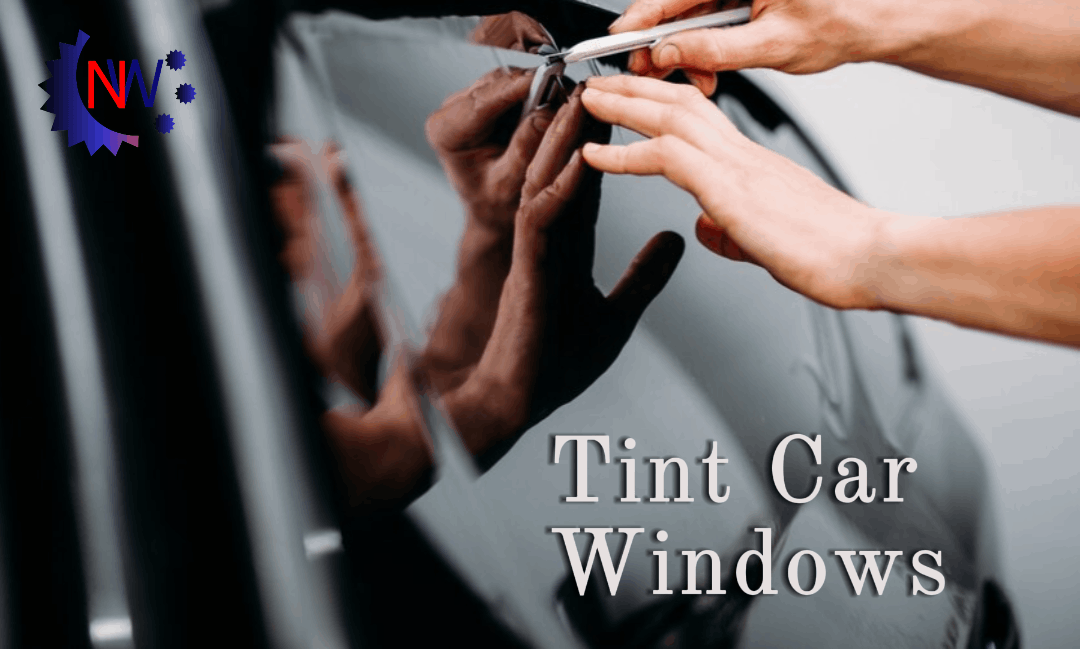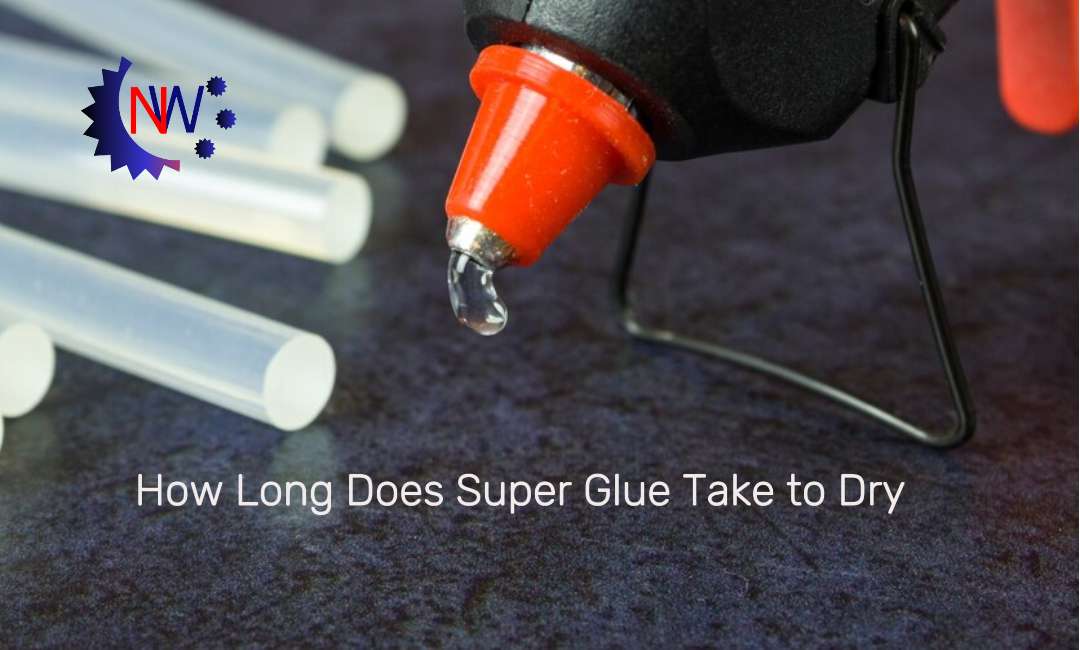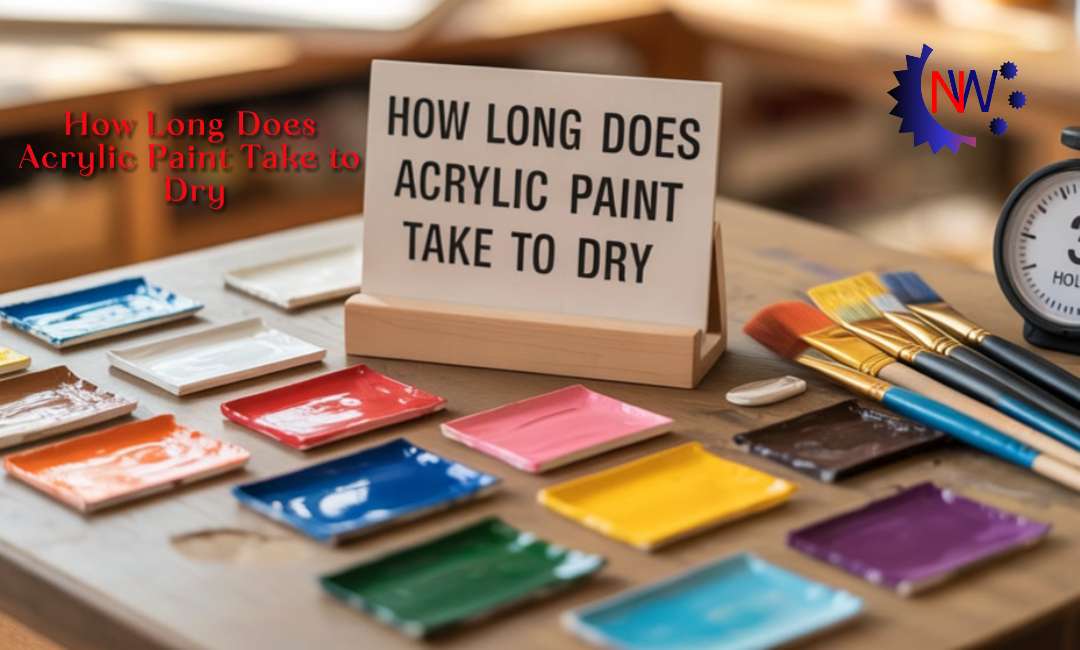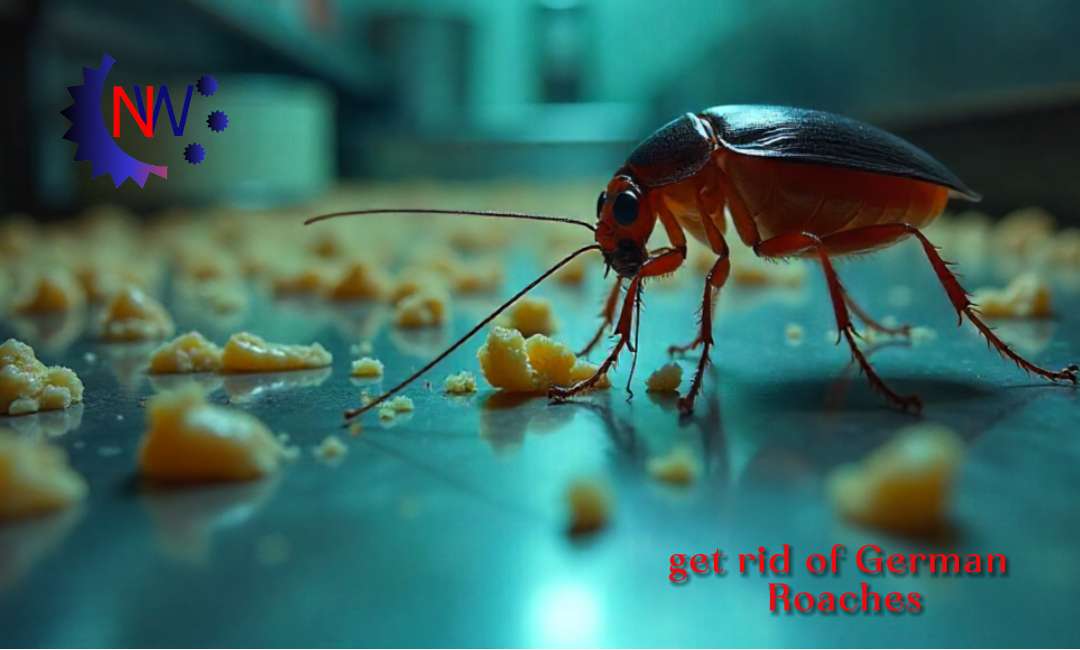How long does it take to boil shrimps? (Easy Guide for Perfectly Cooked Shrimp Every Time)
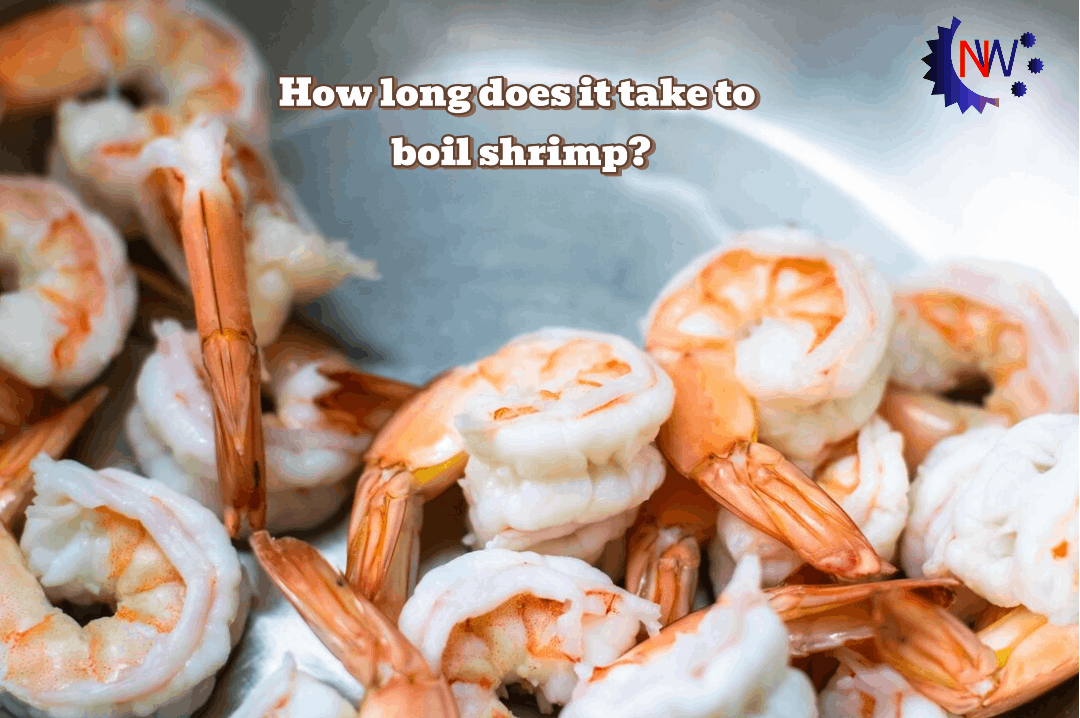
Shrimps are one of the most popular and versatile seafood options around the world. Whether you’re making a classic shrimp cocktail, tossing shrimp into a salad, or adding them to a creamy pasta, knowing how long to boil shrimp is essential for achieving that perfect, juicy texture. Overcooked shrimps can turn rubbery and tough, while undercooked shrimp can be unsafe to eat. In this comprehensive guide, you’ll learn everything you need to know about boiling shrimp, including exact cooking times, tips for different shrimp sizes, how to season your shrimp, and answers to the most common questions about boiling shrimp.
Why Boil Shrimps?
Boiling is one of the quickest and easiest ways to cook shrimp. It’s a foolproof method that works for both beginners and experienced cooks. Here’s why boiling shrimp is so popular:
- Speed: Shrimp cook in just a few minutes, making them perfect for quick meals.
- Versatility: Boiled shrimp can be served hot or cold, in salads, pastas, tacos, or as a main dish.
- Flavor: Boiling allows you to infuse shrimp with flavors from the water, such as lemon, garlic, or spices.
- Health: Boiling is a low-fat cooking method that preserves the natural nutrients in shrimp.
Some of the most popular dishes that use boiled shrimp include shrimp cocktail, shrimp salad, shrimp pasta, shrimp tacos, and seafood boils.
How Long to Boil Shrimps?
The most important factor in boiling shrimp is the cooking time. Shrimp cook very quickly, and the exact time depends on their size and whether they are fresh or frozen.
General Boiling Times for Shrimps:
- Small shrimp (51/60 count): 1–2 minutes
- Medium shrimp (36/40 count): 2–3 minutes
- Large shrimp (21/25 count): 3–4 minutes
- Jumbo shrimp (16/20 count): 4–5 minutes
Tip: If you’re boiling frozen shrimp, add about 1 extra minute to the cooking time.
Shrimps Cooking Time Chart
Here’s a handy chart to help you determine the perfect boiling time for your shrimps:
| Size | Boiling Time (Fresh) | Boiling Time (Frozen) |
|---|---|---|
| Small (51/60) | 1–2 minutes | 2–3 minutes |
| Medium (36/40) | 2–3 minutes | 3–4 minutes |
| Large (21/25) | 3–4 minutes | 4–5 minutes |
| Jumbo (16/20) | 4–5 minutes | 5–6 minutes |
Note: The numbers in parentheses refer to the number of shrimp per pound, a common way to indicate shrimp size.
How to Boil Shrimp: Step-by-Step Instructions
Boiling shrimp is simple, but a few key steps will ensure your shrimp turn out perfectly every time.
1. Choose Your Shrimp
- Fresh vs. Frozen: Both work well. If using frozen shrimp, thaw them first for even cooking.
- Shell-On vs. Peeled: Shell-on shrimp retain more flavor and moisture, but peeled shrimp are easier to eat.
- Deveined or Not: Deveining is optional, but many prefer it for appearance and texture.
2. Prepare the Shrimp
- Thawing: If using frozen shrimp, thaw them in the refrigerator overnight or under cold running water for 10–15 minutes.
- Cleaning: Rinse shrimp under cold water. If desired, peel and devein.
3. Season the Water
- Salt: Add 1–2 tablespoons of salt per quart of water. This seasons the shrimp as they cook.
- Aromatics: For extra flavor, add lemon slices, bay leaves, garlic cloves, peppercorns, or Old Bay seasoning to the water.
4. Boil the Water
- Fill a large pot with enough water to cover the shrimp.
- Bring the water to a rolling boil over high heat.
5. Add the Shrimp
- Once the water is boiling, add the shrimp.
- Stir gently to prevent sticking.
6. Boil the Shrimp
- Boil according to the size chart above.
- Shrimp cook quickly, so stay close and watch for color and texture changes.
7. Check for Doneness
- Shrimp are done when they turn pink and opaque.
- The flesh should be firm, not mushy or rubbery.
- Shrimp will curl into a “C” shape when perfectly cooked.
8. Drain and Serve
- Drain the shrimp immediately to stop the cooking process.
- For cold dishes, transfer shrimp to an ice bath for 2–3 minutes to chill quickly.
How to Tell If Shrimps are Done
Knowing when shrimp are perfectly cooked is crucial. Here’s what to look for:
- Color: Raw shrimp are gray and translucent. Cooked shrimp turn pink and opaque.
- Texture: Properly cooked shrimps are firm and juicy. Overcooked shrimp become rubbery and tough.
- Shape: Shrimp curl into a “C” shape when done. If they curl tightly into an “O,” they are likely overcooked.
- Internal Temperature: If you want to be precise, cooked shrimp should reach an internal temperature of 120°F (49°C).
Boiling Shrimp with Shell On vs. Peeled
Shell-On Shrimp
- Pros: More flavor, juicier texture, protects shrimp from overcooking.
- Cons: Need to peel before eating, which can be messy.
Peeled Shrimp
- Pros: Easier to eat, absorb seasonings more directly.
- Cons: Slightly less flavor, can dry out if overcooked.
Tip: If you want the best of both worlds, boil shrimp with the shell on and peel them after cooking.
How to Boil Frozen Shrimp
You can boil shrimp straight from the freezer if you’re short on time. Here’s how:
- Do Not Thaw: Place frozen shrimp directly into boiling water.
- Increase Cooking Time: Add 1 extra minute to the boiling time.
- Stir Occasionally: This helps the shrimp cook evenly.
- Check for Doneness: Look for the same color and texture changes as with fresh shrimp.
How to Season Shrimp for Boiling
Seasoning the boiling water is the secret to flavorful shrimp. Here are some ideas:
- Salt: Essential for bringing out the natural flavor of shrimp.
- Lemon: Add slices or juice for a fresh, zesty taste.
- Bay Leaves: Classic in seafood boils for a subtle herbal note.
- Garlic: Whole cloves or crushed garlic add depth.
- Old Bay Seasoning: A favorite for shrimps boils, especially in the US South.
- Peppercorns: Add a mild heat and complexity.
- Other Spices: Try paprika, cayenne, or chili flakes for a kick.
Pro Tip: Don’t be afraid to experiment with your favorite herbs and spices!
Common Mistakes When Boiling Shrimps
1. Overcooking
- Shrimp cook fast! Set a timer and remove them from the water as soon as they turn pink and opaque.
2. Not Seasoning the Water
- Shrimp absorb flavor from the boiling liquid. Always add salt and aromatics.
3. Crowding the Pot
- Boil shrimp in batches if necessary to ensure even cooking.
4. Not Using Enough Water
- Use plenty of water so the temperature doesn’t drop too much when you add the shrimp.
5. Skipping the Ice Bath
- For cold dishes, an ice bath stops the cooking process and keeps shrimp tender.
Serving and Storing Boiled Shrimps
Serving Ideas
- Shrimp Cocktail: Chill boiled shrimp and serve with cocktail sauce.
- Salads: Add to green salads, pasta salads, or grain bowls.
- Pasta: Toss with your favorite pasta and sauce.
- Tacos: Use as a filling for shrimp tacos with slaw and avocado.
- Seafood Boil: Serve with corn, potatoes, and sausage for a classic Southern feast.
Storing Leftover Shrimp
- Refrigerate: Store in an airtight container for up to 2 days.
- Freeze: For longer storage, freeze boiled shrimp in a single layer, then transfer to a freezer bag. Use within 2 months for best quality.
- Reheat: Briefly reheat in hot water for 30 seconds or serve cold.
Frequently Asked Questions (FAQs)
Can you boil shrimp with the shell on?
Yes! Boiling shrimp with the shell on adds flavor and helps keep the shrimp juicy. Just peel after cooking.
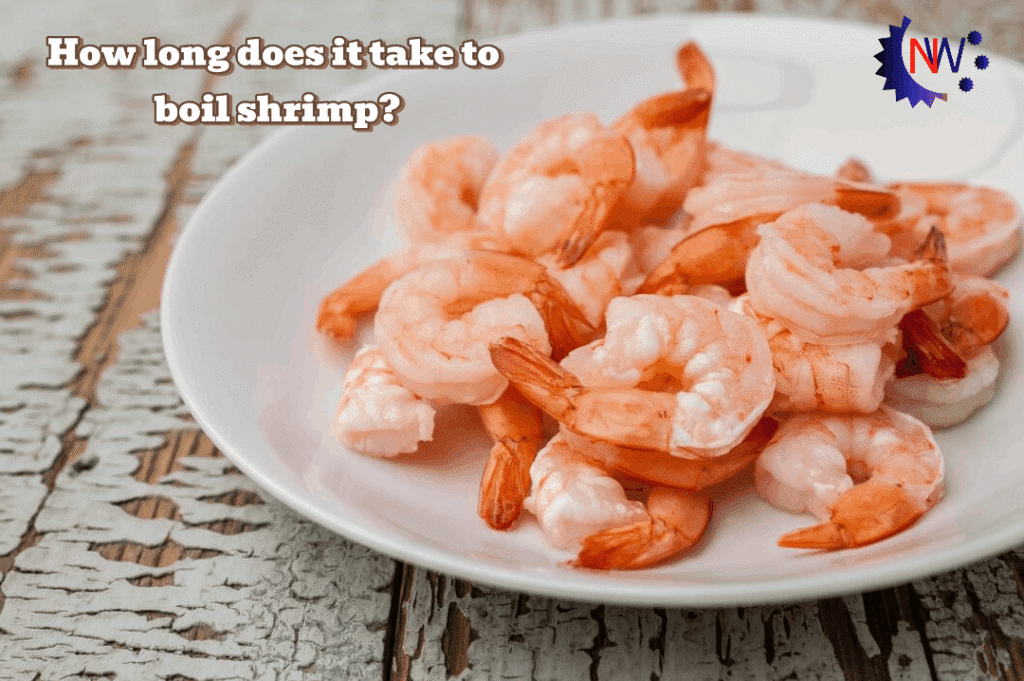
How long to boil shrimp for shrimp cocktail?
Boil for 2–4 minutes, depending on size, then immediately chill in an ice bath.
Can you reuse shrimps boiling water?
You can reuse the water for another batch of shrimp or seafood the same day, but discard after that.
How to keep shrimps from sticking together?
Stir gently after adding to boiling water and avoid overcrowding the pot.
How to reheat boiled shrimp?
Reheat gently in hot water for 30 seconds or serve cold.
How to tell if shrimps are undercooked?
Undercooked shrimp are still gray and translucent. Cook until they turn pink and opaque.
Is it safe to eat shrimp that is slightly undercooked?
No. Always cook shrimp until fully opaque to avoid foodborne illness.
What is the best way to thaw frozen shrimp?
Thaw in the refrigerator overnight or under cold running water for 10–15 minutes.
Can you boil shrimp in broth instead of water?
Absolutely! Boiling in broth adds even more flavor.
How do you prevent shrimp from becoming rubbery?
Don’t overcook! Remove shrimp from boiling water as soon as they turn pink and opaque.
Related Cooking Methods for Shrimp
Steaming Shrimp
- Place shrimp in a steamer basket over boiling water.
- Steam for 3–5 minutes until pink and opaque.
Grilling Shrimps
- Thread shrimp onto skewers.
- Grill over medium-high heat for 2–3 minutes per side.
Sautéing Shrimps
- Heat oil or butter in a skillet.
- Sauté shrimp for 2–3 minutes per side until cooked through.
Baking Shrimps
- Arrange shrimp on a baking sheet.
- Bake at 400°F (200°C) for 6–8 minutes.
Nutritional Benefits of Shrimp
Shrimp are not only delicious but also packed with nutrients:
- High in Protein: Shrimp are an excellent source of lean protein.
- Low in Calories: Great for weight management.
- Rich in Vitamins and Minerals: Including vitamin B12, iodine, selenium, and zinc.
- Omega-3 Fatty Acids: Good for heart health.
Note: Some people are allergic to shellfish. Always check for allergies before serving shrimp.
How to Peel and Devein Shrimps
If you buy shell-on shrimp, here’s how to peel and devein them:
- Peeling: Hold the shrimps by the tail and gently pull off the shell, starting at the legs.
- Deveining: Use a small knife to make a shallow cut along the back. Remove the dark vein with the tip of the knife or a toothpick.
Tip: You can leave the tail on for a nicer presentation, especially for shrimp cocktail.
How to Make a Classic Shrimp Boil
A shrimp boil is a festive, crowd-pleasing meal. Here’s a simple recipe:
Ingredients:
- 2 pounds large shrimp (shell-on)
- 4 quarts water
- 1/4 cup salt
- 2 lemons, sliced
- 2 bay leaves
- 1 tablespoon Old Bay seasoning
- 1 pound small potatoes
- 4 ears corn, cut into pieces
- 1 pound smoked sausage, sliced
Instructions:
- Bring water, salt, lemons, bay leaves, and Old Bay to a boil.
- Add potatoes and cook for 10 minutes.
- Add corn and sausage, cook for 5 minutes.
- Add shrimp and cook for 3–4 minutes, until pink and opaque.
- Drain and serve on a large platter or newspaper for a fun, casual meal.
Expert Tips for Perfect Boiled Shrimp
- Use Fresh Shrimp: The fresher the shrimp, the better the flavor and texture.
- Don’t Overcrowd: Boil in batches if needed for even cooking.
- Season Generously: Don’t skimp on salt and aromatics in the boiling water.
- Watch Closely: Shrimp cook fast—don’t walk away!
- Chill Quickly: For cold dishes, use an ice bath to stop cooking and keep shrimp tender.
Conclusion
Boiling shrimp is one of the easiest and most reliable ways to prepare this delicious seafood. With just a few minutes of cooking time, you can enjoy perfectly cooked shrimps in a variety of dishes. Remember to adjust the boiling time based on the size of your shrimp, season your water well, and avoid overcooking for the best results.
Whether you’re making a classic shrimp cocktail, a hearty seafood boil, or a quick weeknight pasta, this guide will help you achieve shrimp perfection every time. Try out different seasonings, experiment with serving ideas, and enjoy the unbeatable taste of homemade boiled shrimps!
Did you find this guide helpful? Share your favorite shrimps recipes or tips in the comments below! more blogs

